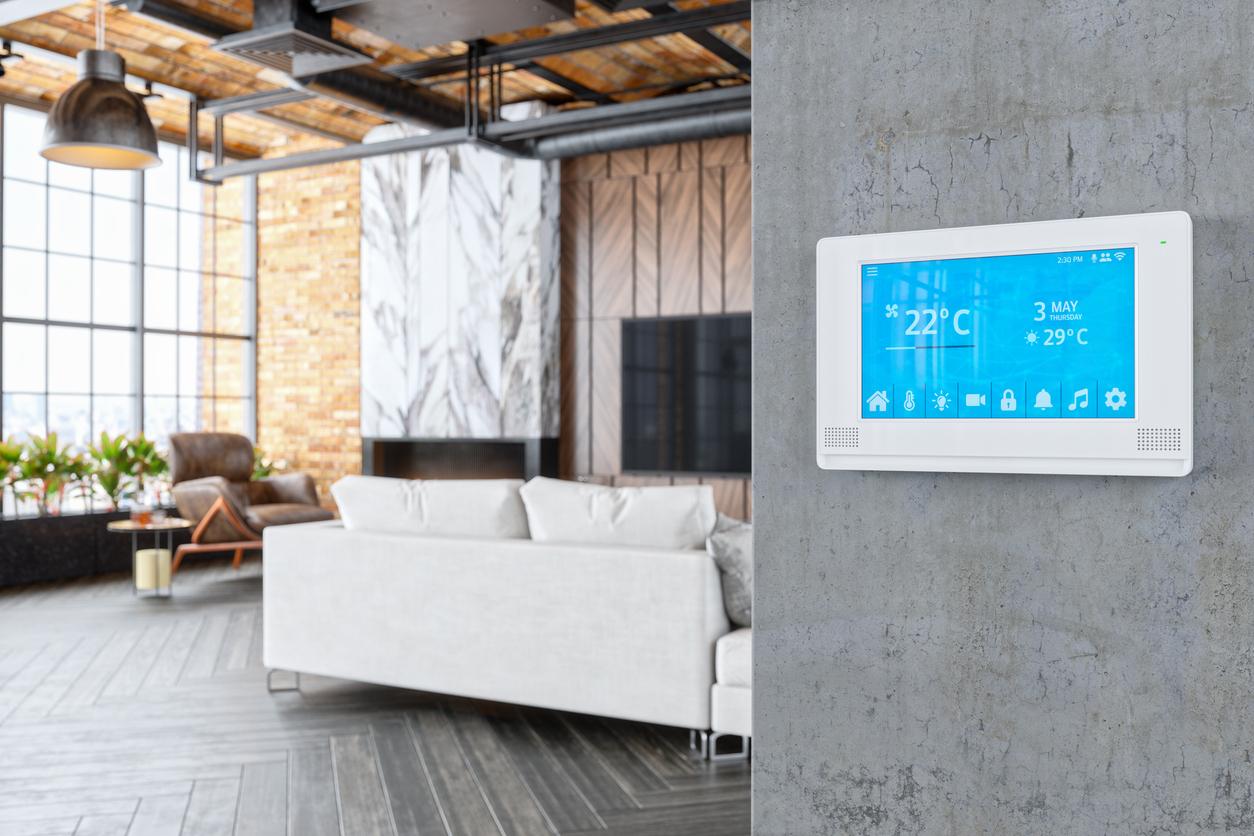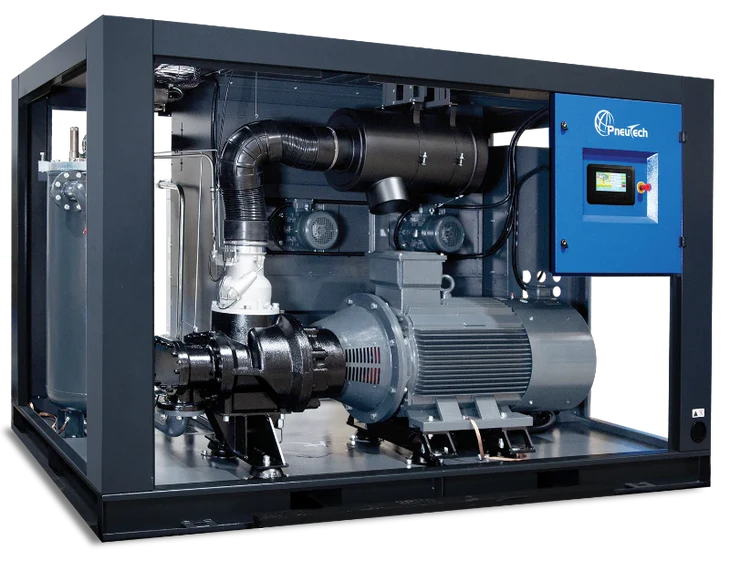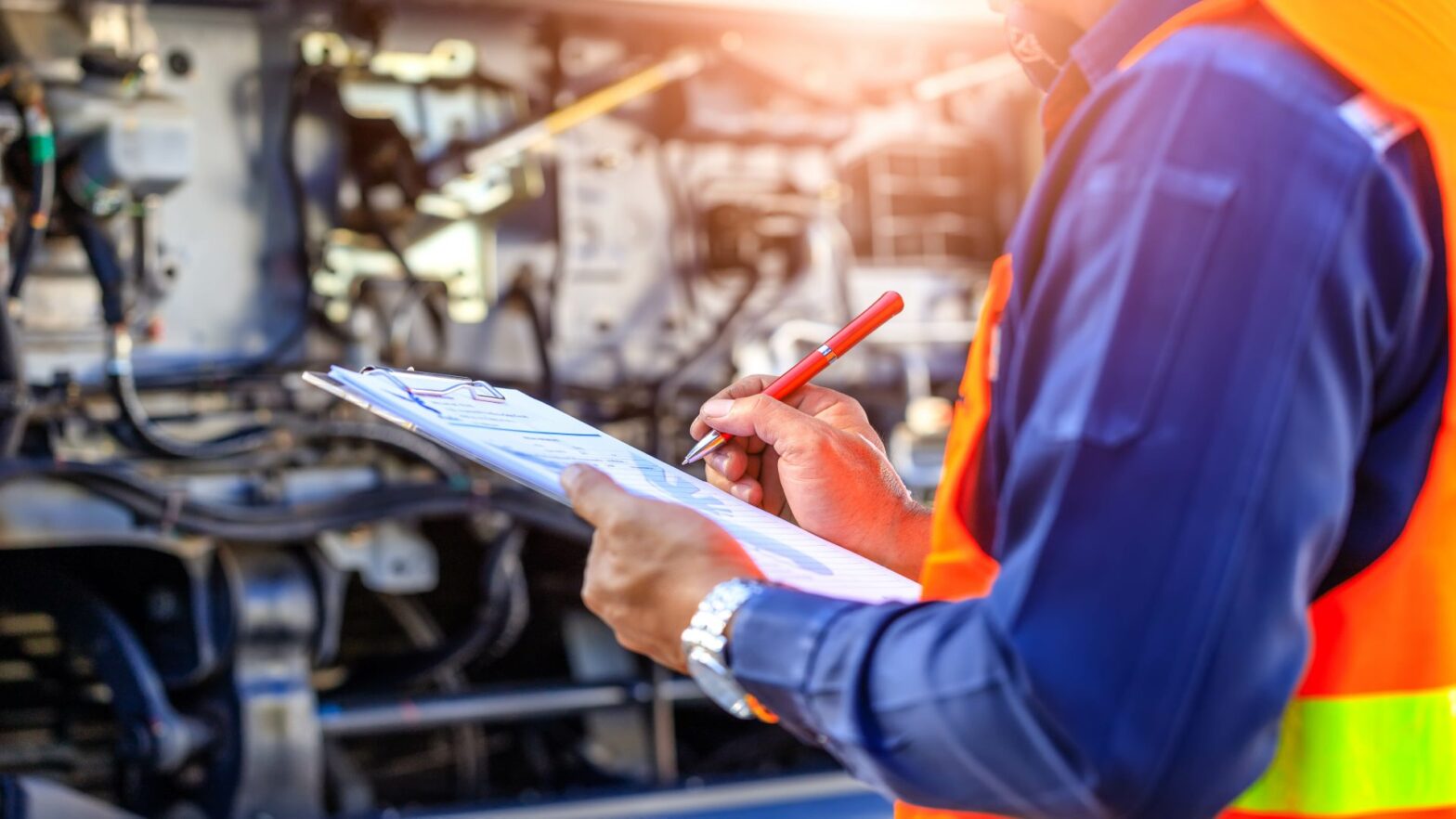
Are you looking for ways to reduce your energy consumption and carbon footprint while staying warm and comfortable? Central heating systems play a crucial role in our homes, but traditional systems can be energy-intensive.
Fortunately, more sustainable options offer significant benefits in terms of efficiency, longevity, and environmental impact. This article will provide you with expert tips on how to keep your central heating system more sustainable.
Choose Energy-Efficient Systems
Low-temperature central heating systems operate at lower temperatures than traditional systems, typically around 35-55°C, compared to the usual 70-80°C. This approach offers several advantages:
- Energy efficiency: Operating at lower temperatures significantly reduces energy consumption. According to a study, such systems can save between 18% and 42% of energy, depending on the climate and location. This efficiency translates into lower energy bills and reduced carbon emissions.
- System longevity: Lower operating temperatures reduce wear and tear on the system components, extending their lifespan and minimising maintenance needs.
- Compatibility with renewable energy: These systems work well with renewable energy sources like heat pumps and solar thermal systems, which are more efficient at lower temperatures. This compatibility can further reduce reliance on fossil fuels.
On the other hand, hydronic systems circulate warm water through a network of pipes under the floor, providing uniform heat distribution. Hydronic systems provide consistent warmth across the entire floor area, eliminating cold spots and ensuring a comfortable environment.
These systems are highly efficient, utilising water’s superior heat transfer capabilities. They can be up to 10 times more energy-efficient than forced-air systems, leading to significant cost savings over time.
Also, unlike forced-air systems, hydronic heating operates silently, contributing to a peaceful home environment. Hydronic systems allow for zoning, meaning different home areas can be heated independently. This feature helps in optimising energy use by heating only occupied spaces.
Remember, while hydronic systems are cost-effective in the long run, the initial installation can be more expensive, especially if retrofitting into an existing home. However, they can be more economical in new constructions or during major renovations.
Technical Insights and Practical Tips
Incorporating smart thermostats can enhance the efficiency of both low-temperature and hydronic systems. These devices allow for precise control of heating schedules based on occupancy and weather patterns, further optimising energy use.
Ensuring your home is well-insulated is crucial for maximising the efficiency of these systems. Good insulation prevents heat loss, allowing the system to maintain desired temperatures with less energy.
To maintain efficiency, regular servicing of hydronic systems is recommended. This ensures that all components are functioning optimally and helps prevent costly repairs.
Integrate Renewable Energy Sources
Integrating renewable energy sources like heat pumps and solar thermal systems into your central heating setup can significantly enhance sustainability and efficiency. Here’s a detailed look at these technologies, drawing on technical insights and practical tips.
- Heat Pumps: Air-source heat pumps are efficient systems that extract heat from outdoor air and transfer it to water for heating purposes. These systems operate using a refrigeration cycle involving compression, condensation, expansion, and evaporation to transfer heat from a low-temperature source (outdoor air) to a higher-temperature sink (water used for heating).
These systems are eligible for government incentives, such as the UK’s Boiler Upgrade Scheme, which can help offset installation costs.
- Solar Thermal Systems: Use solar panels to supplement your heating needs. Solar thermal systems can heat water for domestic use or support your central heating system, reducing reliance on fossil fuels.
However, don’t underestimate the importance of designing large enough systems to meet needs, even if they are not perfectly efficient. This approach minimises maintenance and ensures a steady hot water supply throughout the year.

Enhance Insulation and Building Efficiency
Enhancing insulation and building efficiency is crucial for creating a sustainable and energy-efficient home.
Proper insulation is essential for minimising heat loss, which can equally affect the central heating installation cost for a 3 bedroom house or a small apartment. Investing in high-quality insulation materials can reduce the overall heating demand and lead to long-term cost savings.
Common insulation materials include fibreglass, cellulose, and spray foam, each with specific applications and benefits:
- Fibreglass: Often used in batts and rolls, fibreglass is suitable for unfinished walls, floors, and ceilings. It is cost-effective and provides good thermal resistance.
- Cellulose: Made from recycled paper products, cellulose is an eco-friendly option that can be blown into walls and attic spaces. It provides excellent coverage and is effective at reducing air leaks.
- Spray foam: This versatile insulation expands on application, filling gaps and sealing air leaks. It is ideal for irregularly shaped areas and provides a high R-value per cm.
Before adding insulation, use caulking and weatherstripping to seal air leaks around windows, doors, and other penetrations to maximise insulation effectiveness. Use an infrared thermometer to identify cold spots and areas of poor insulation. This tool helps pinpoint where additional insulation or sealing is needed.
Smart thermostats offer advanced features that enhance energy efficiency by optimising heating schedules based on occupancy and weather patterns:
- Learning algorithms: These thermostats learn your daily routines and adjust temperatures accordingly, minimising energy use when the home is unoccupied.
- Remote access: You can control your home’s temperature settings from anywhere using a smartphone app, allowing you to make adjustments on the go to save energy.
- Energy reports: Detailed energy usage reports help you understand consumption patterns and identify areas for improvement.
Use smart thermostats to create temperature zones within your home, heating only occupied areas to reduce energy waste. Connect your thermostat with other smart devices for seamless control and enhanced energy management.
Consider Sustainable Materials and Practices
Use eco-friendly materials for your heating system, such as recyclable pipes and fittings. Materials like Polypropylene Random Copolymer (PPR) pipes are gaining popularity due to their eco-friendly properties. PPR pipes are non-toxic, have a long lifespan, and are highly recyclable. Their production requires less energy, and they can be melted and reformed multiple times without significant degradation, promoting a circular economy.
Choosing components made from recycled materials, such as certain types of underfloor heating pipes, can further reduce your heating system’s carbon footprint. These materials often offer enhanced thermal performance, contributing to overall energy efficiency.
And last but not least, maintain your heating system regularly to ensure it operates efficiently and has a longer lifespan, minimising waste and resource use. Set up a regular maintenance schedule with a professional technician to perform comprehensive inspections and tune-ups.
Using a vacuum to clean air vents and checking thermostat settings for accuracy is a great DIY approach can help you enhance the eco-friendliness and efficiency of your heating system.
By implementing these strategies, you can set up a central heating system that is not only sustainable but also cost-effective and comfortable, contributing to a greener future.



























